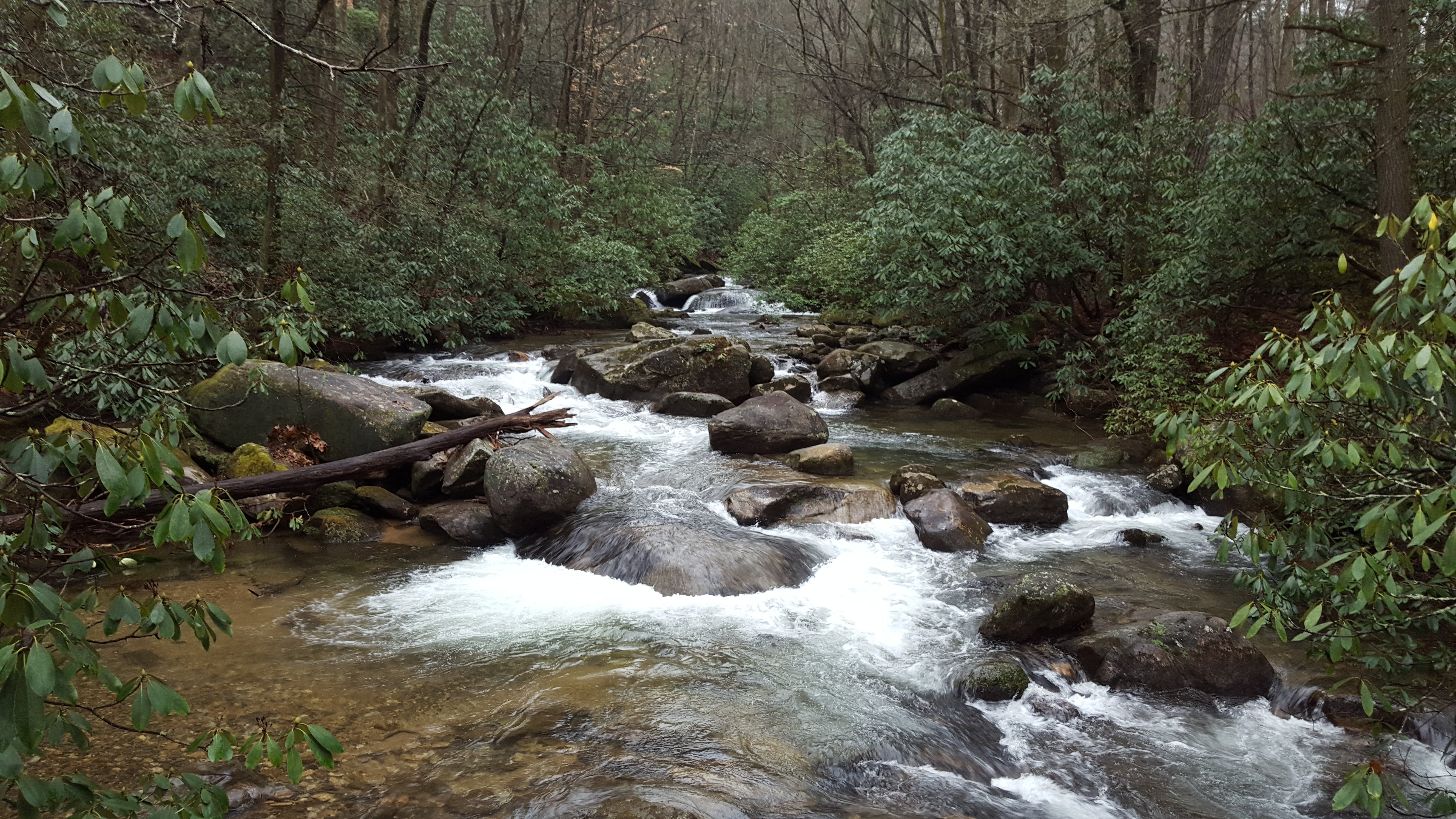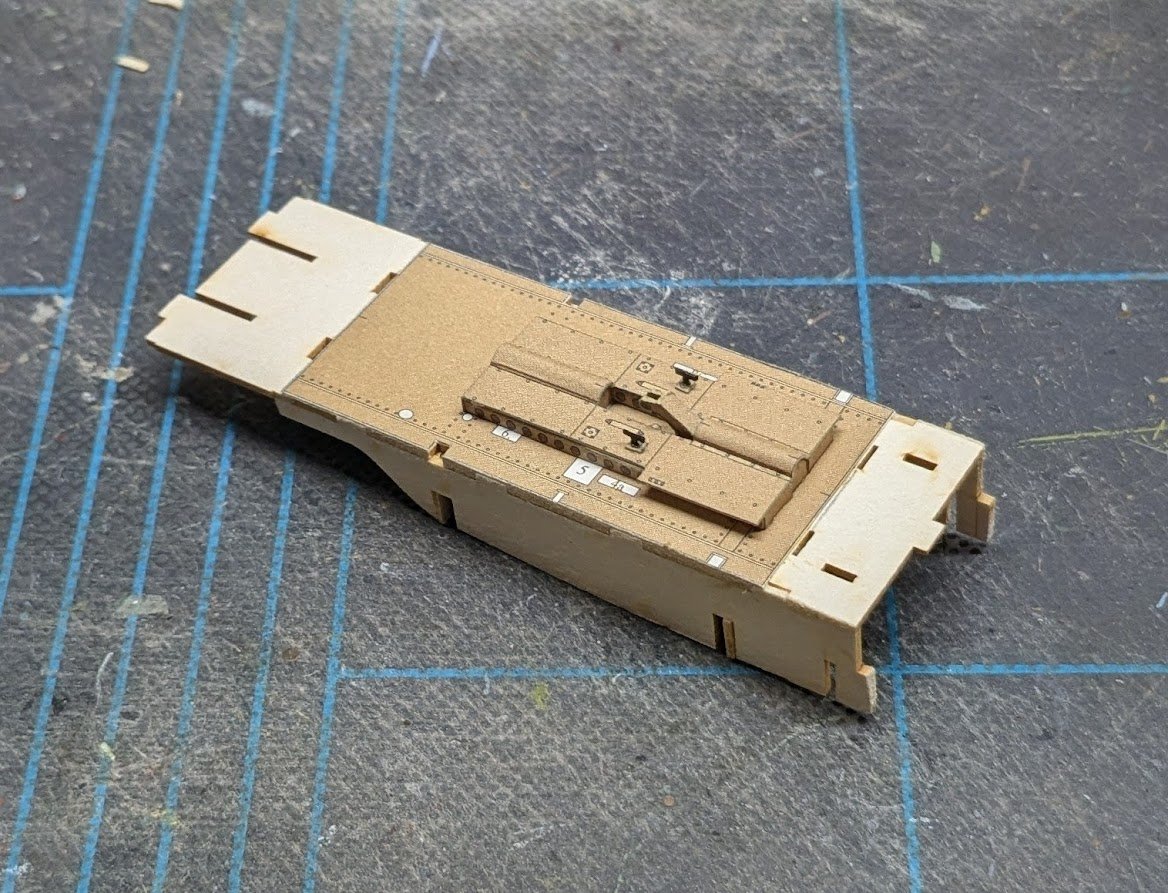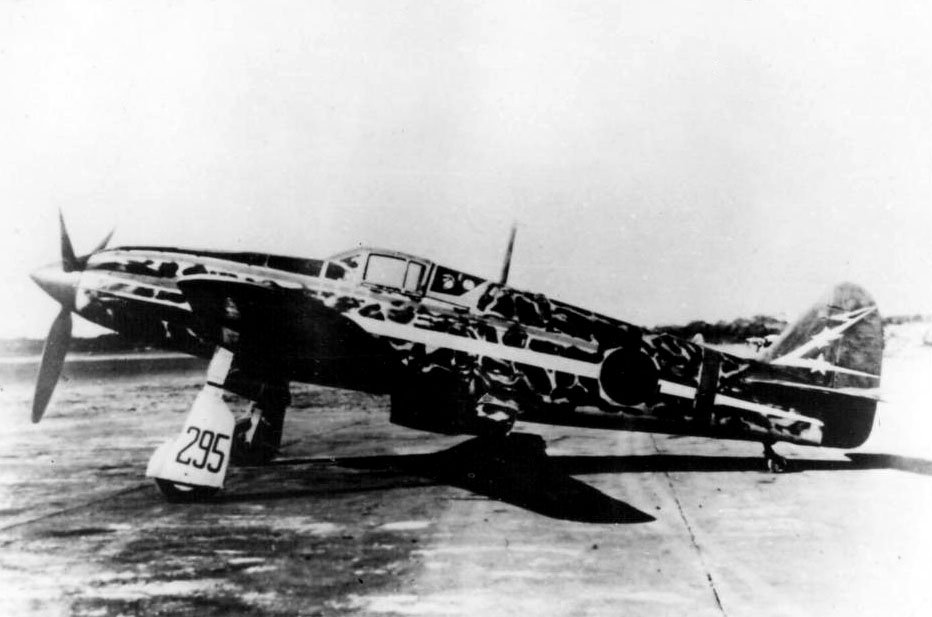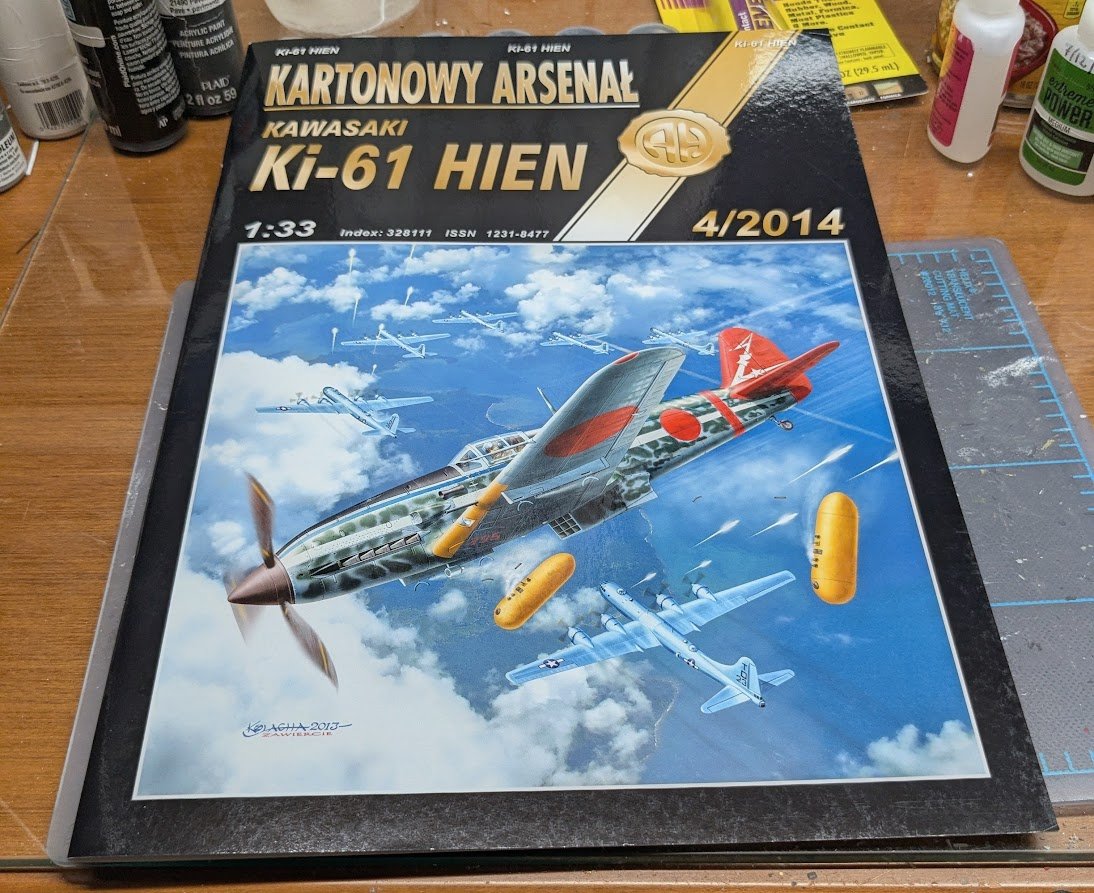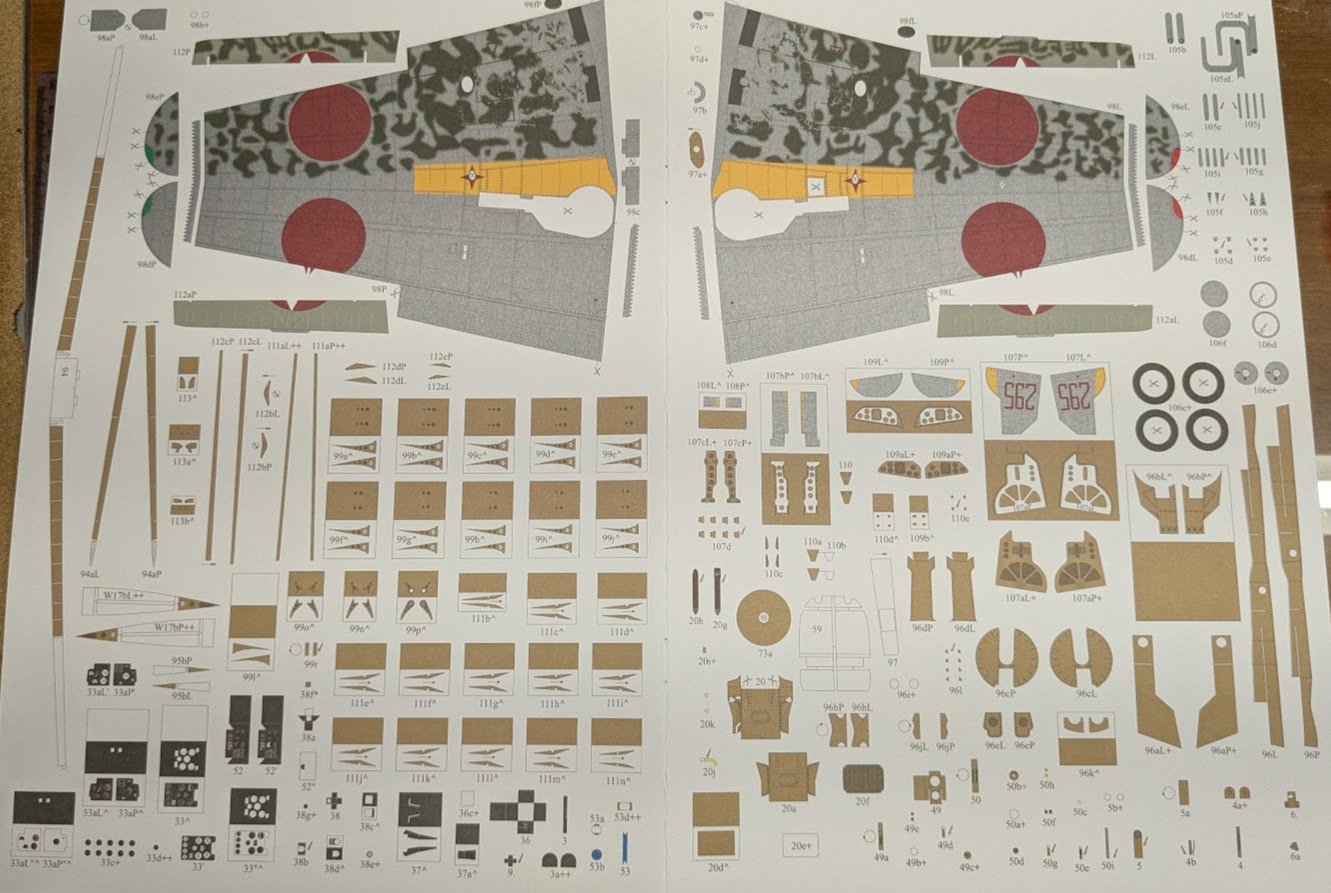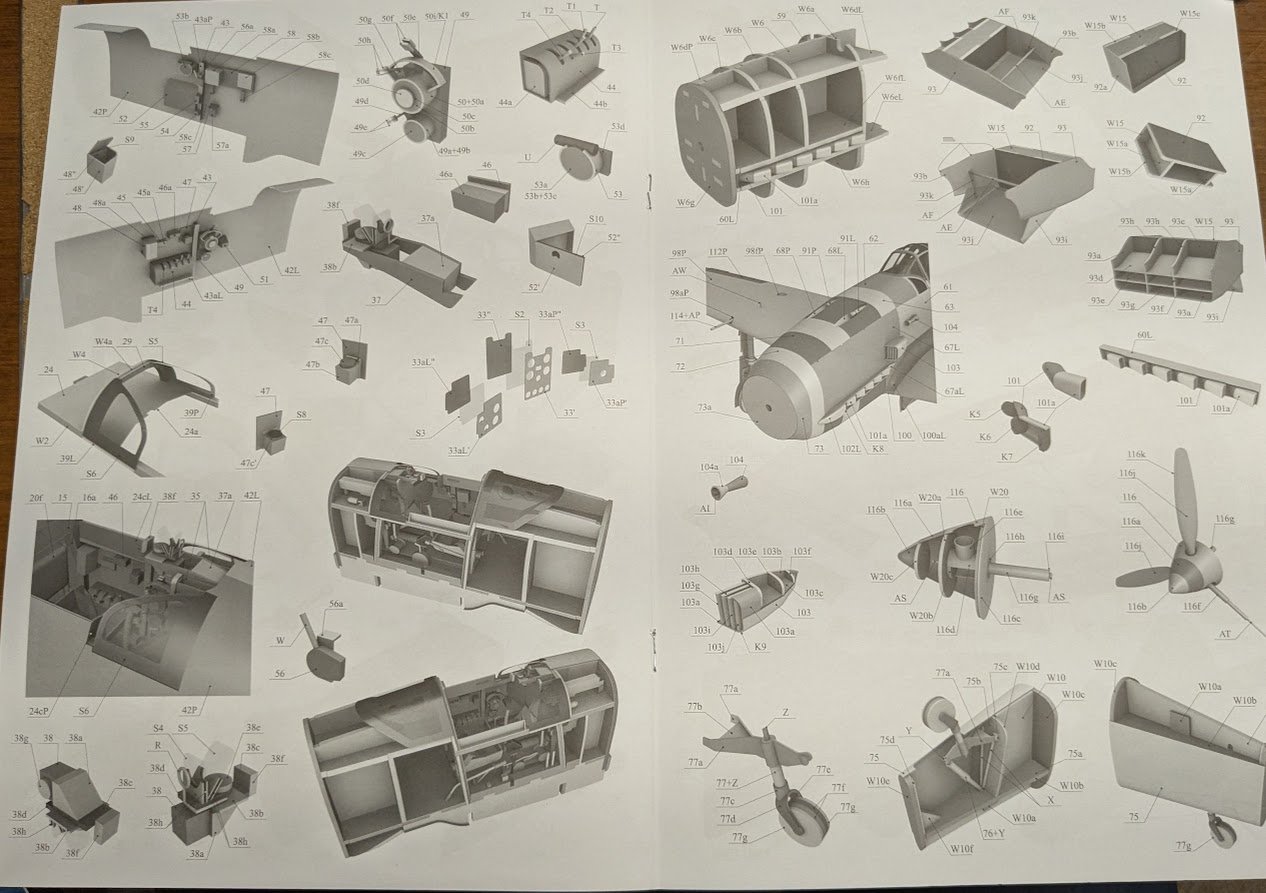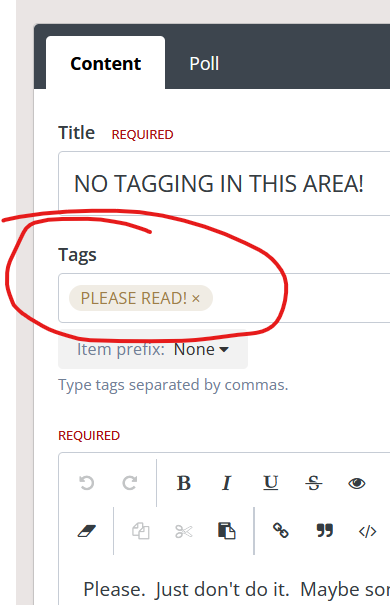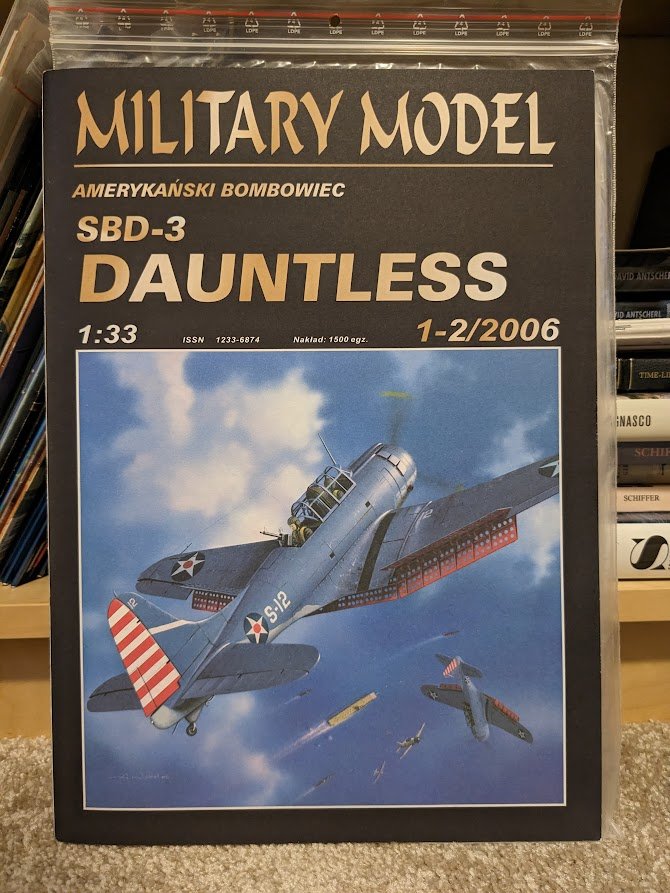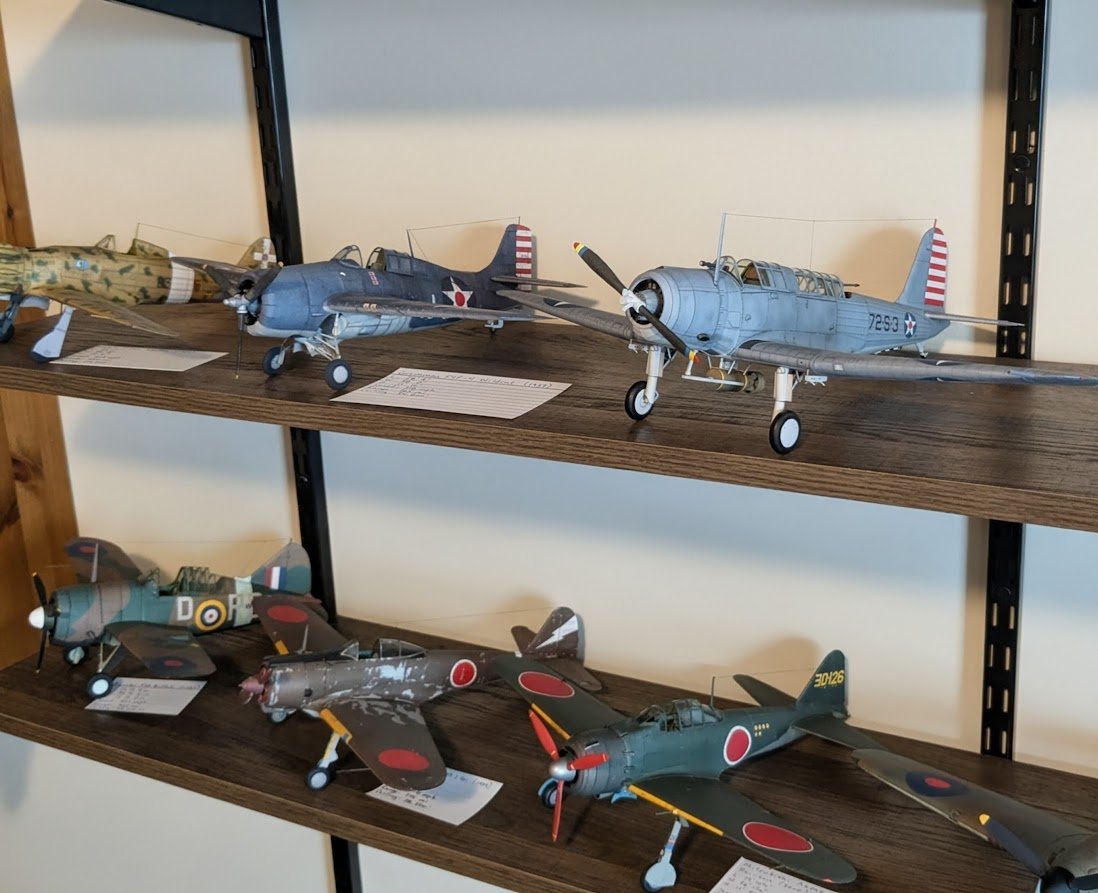-
Posts
10,443 -
Joined
-
Last visited
Content Type
Profiles
Forums
Gallery
Events
Everything posted by ccoyle
-

Getting Started: From Dollhouses to the USS Constitution
ccoyle replied to Jasennord's topic in New member Introductions
Welcome aboard! -
Another excellent and whimsical result!
- 156 replies
-
- Queen Annes Revenge
- bottle
-
(and 1 more)
Tagged with:
-
Welcome to another creative adventure in card! This kit, chosen by the members of MSW in a recent poll, depicts a Kawasaki Ki-61 Hien, Allied code name "Tony", flown by Cpt. Teruhiko Kobayashi of the 244th Sentai in early 1945. Courtesy of Wikimedia The Hien was interesting for a number of reasons. For one, it was the only mass-produced Japanese fighter to have an in-line engine. Second, that engine -- the Ha-40 -- happened to be a licensed derivative of the famous Daimler-Benz DB601. Third, it was the last Axis fighter to be powered by the 601 or its derivatives. And lastly, for now, it was code-named "Tony" because of its resemblance to Italian fighters such as the C.202 Folgore. The Hien caused some anxious moments among the Allies in the Southwest Pacific when they encountered it, but fortunately for them, the Hien's glaring weakness, from an operational perspective, was its poor combat-readiness record. For a number of reasons, the Hien was difficult to maintain, and that, coupled with the decreasing proficiency of new Japanese pilots, meant that Allied pilots never encountered as many competently handled Hiens as they otherwise might have. Which was a good thing, because by all accounts competently handled Hiens were dangerous adversaries. The Halinski kit, as per usual for their kits from that period, is very detailed. The aircraft's metal surfaces are printed in metallic ink, which does not show well in this image. Many, many diagrams. The cockpit is absurdly detailed. The trade-off for the overall build is that there is no equally detailed radial engine, so once the cockpit hurdle is cleared, the remainder of the build should go relatively quickly. I have the laser-cut frames, consisting of two frets, and the molded canopy, but no wheels -- I'll have to make those the old-fashioned way from laminated discs. First cuts soon!
-
Great job, Andrew! "No water inside" is always a good report for an RC project!
- 69 replies
-
- Miss Adventure
- Model Shipways
-
(and 2 more)
Tagged with:
-
I'm not a purist, but I suspect some of our members may not know the significance of the a, b, and c (and later e) in Spitfire parlance. These were not sub-variants, as seen for example in designations like P-51D or Bf-109G, but rather indicators of the type of wing used on the aircraft. Each wing could accommodate a different armament configuration: a wing: eight .303 machine guns b wing: four .303 machine guns and two 20mm cannon The c, or universal, wing could be configured with the a loadout, the b loadout, or with four 20mm cannon, as well as bomb racks. The e wing could take four 20mm cannon or a pair of cannon and two .50 cal Brownings. Personally, the clipped wing Spitfires have never caught my fancy, which is why I don't have the Halinski Mk. XIV in my stash, but the clipped wing improved roll rate, so I can understand why they were built. Cheers!
-
It's a clickable identifier that you can add to the first post in a topic -- except in this area, of course! Clicking a tag brings up a list of all the topics that have that same tag. Here, for example, is the tag that was created for this topic. Additional tags are added by typing in some text in the box and hitting 'enter'.
-
Rick, If you'd like to get a sense of what is available in the card ship market, take a look at the first few chapters of our card modeling tutorial here. There's a discussion of the major publishers and vendors. Getting products into the US is a little dicey at the moment, given the current tariffs environment.
- 42 replies
-
- card
- Speeljacht
-
(and 2 more)
Tagged with:
-

D7E Bulldozer by RGL - FINISHED - Hobby link - 1/35 - 3D-printed
ccoyle replied to RGL's topic in Non-ship/categorised builds
I hit the "wow" button because not only does your model look exactly like a well-used dozer, but you did it in only three days. Amazing! -
Finnarctis was sailing under the name Alouette Arrow as of 2019.
-

Bristol Bulldog by Danstream - Airfix - 1/48 - PLASTIC
ccoyle replied to Danstream's topic in Non-ship/categorised builds
I have a similar issue with some of my card airplanes. After they've sat on a shelf for several months, I sometimes notice that the landing gear have sagged. I don't usually have much motivation to repair them. My modeling mojo tends to regard finished models with a bit of indifference. -
The answer to that question depends in large measure on what kinds of ships tickle your fancy. Men-of-war or merchantmen? Lots of rigging or little? Ancient or modern? Knowing what you like will help narrow the field of candidates.
-
Welcome aboard, and nice work!
-
I have a short list of kits that I would probably snap up if they were to be published by one of my favorite publishers or designers: Devastator, Corsair, Avenger, Swordfish, Dr.I, S.E. 5a, SPAD XIII, Albatros D.III/V. Most of these do exist in kit form, but they are either old kits with poor graphics, the work of designers I don't trust much, or electronic downloads (I prefer the offset-printed kits). Kartonowa Kolekcja just released a new kit, but it's a repaint, a Fokker D.VII in Polish markings that is almost entirely covered in lozenge camouflage. In the first place, I just built the original kit a few months ago, and secondly, instead of one of the many colorful D.VIIs that could have been published, we got lozenge. 😑 No, thanks. But -- we can only pick from what the publishers offer!
-
Welcome aboard, Gus!
-
The Big Reveal! So, this one is officially done! Not much to say in conclusion except that this is another simply wonderful kit from Pawel Mistewicz and Kartonowa Kolekcja. The diagrams required some pondering here and there, but on the whole this was a relatively pain-free building experience -- a kit that can be heartily recommended without reservation. Enjoy the pictures!
About us
Modelshipworld - Advancing Ship Modeling through Research
SSL Secured
Your security is important for us so this Website is SSL-Secured
NRG Mailing Address
Nautical Research Guild
237 South Lincoln Street
Westmont IL, 60559-1917
Model Ship World ® and the MSW logo are Registered Trademarks, and belong to the Nautical Research Guild (United States Patent and Trademark Office: No. 6,929,264 & No. 6,929,274, registered Dec. 20, 2022)
Helpful Links
About the NRG
If you enjoy building ship models that are historically accurate as well as beautiful, then The Nautical Research Guild (NRG) is just right for you.
The Guild is a non-profit educational organization whose mission is to “Advance Ship Modeling Through Research”. We provide support to our members in their efforts to raise the quality of their model ships.
The Nautical Research Guild has published our world-renowned quarterly magazine, The Nautical Research Journal, since 1955. The pages of the Journal are full of articles by accomplished ship modelers who show you how they create those exquisite details on their models, and by maritime historians who show you the correct details to build. The Journal is available in both print and digital editions. Go to the NRG web site (www.thenrg.org) to download a complimentary digital copy of the Journal. The NRG also publishes plan sets, books and compilations of back issues of the Journal and the former Ships in Scale and Model Ship Builder magazines.

